Sleek and Stylish Interior Design for the Modern Home
A group of trends from the German and Scandinavian schools of the 1930s, modernism remains a popular theme for interior design. Modern home interior design has several distinct characteristics: emphasis on line and shape, use of black and white, strong artificial lighting, and polished chrome accents. Interior design for the modern home portraits a sophisticated taste and a refreshed atmosphere, so it remains a fashionable choice for lofts and contemporary houses.
Less is More
Smooth, polished surfaces create a seamless flow of line, therefore maintaining this texture consistently is indispensable to good modern home interior design. The flooring can be lightly toned wood or tile, but it should remain mostly bare. Area rugs are a good idea for separating large rooms into different regions each with their own function such as dining or entertaining. Furniture should be bold, basic, and only one color. Each thing in the room should look like it was chosen on purpose, not as an afterthought. Main pieces should remain part of the neutral palette leaving pillows and exotic flowers to bring in splashes of color. Chrome should be used in such things as light fixtures, door knobs, and switch plates. Chrome is a trimming, and not a replacement for poor lighting, so it should be called upon sparingly. Stone, glass, and metal are great materials to incorporate in more abundance. They introduce subdued secondary texture into the room, without overwhelming the smoothness already in play. Though large windows are a time-tested choice in modern home interior design, drawing the eye to displays is done with gallery style lighting as opposed to natural light.
Common Blunders
A poor modern home interior design is vast, cold, and sterile. Like an alien waiting room that induces unease, too much open space will make an area seem pointless. As opposed to country home interior design, clutter spoils a functional layout and detracts from the minimalist statement modern home interior design seeks to embrace. Too little light will cause a room to go from angular to hostile, and using all neutral colors will isolate guests and cause the eye to roam ceaselessly from place to place. At least two strong colors are needed to contrast the neutrals and give the space depth. While exposed beams and piping are encouraged, excessive utilization of this technique turns a home into warehouse, most notably when those elements protrude into the main living space. Stick with the geometric and avoid complicated designs in fabric, save for animal prints, which are an exception to this rule.
For more information about designing with Feng Shui, visit www.manobluedesign.com or email marie@manobludesign.com


